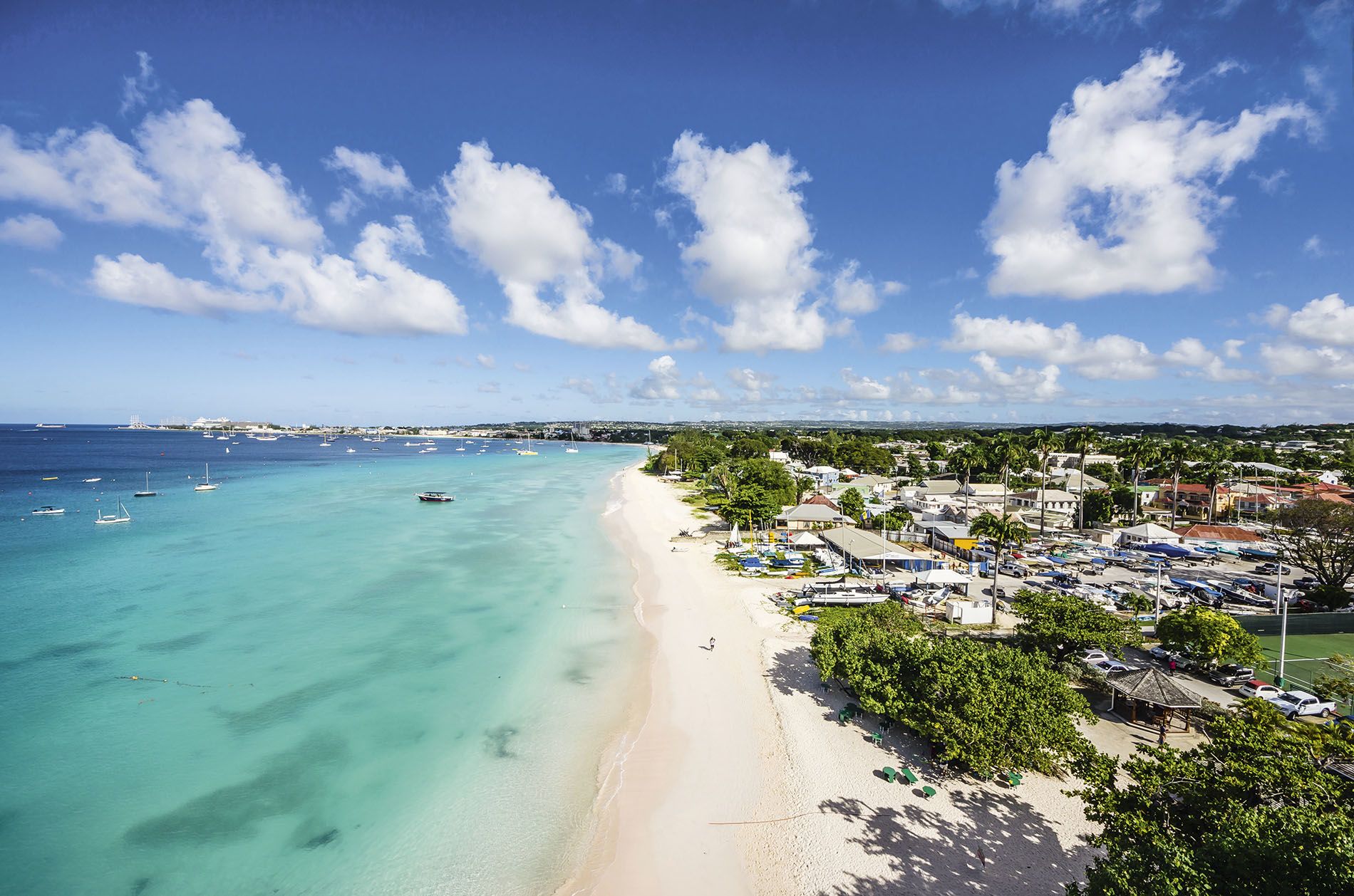
Effective Coral Reef Marine Protected Areas
A solution for survival
Coral reefs are one of the most productive, yet most threatened, ecosystems on the planet. A wide variety of activities ranging from coastal development to global warming to overfishing have endangered coral reef health. Marine Protected Areas (MPAs) provide a comprehensive approach to addressing these threats and are one of the most promising solutions for the survival of coral reefs and the many benefits they provide to people.
What Are MPAs?
MPAs are areas of coastal land and water that are specifically designated to protect natural resources and ecosystems. MPAs create a framework for sustainable use and resource management that is designed to sustain coral reef health. MPAs provide sites that allow for the preservation of biodiversity and the restocking of fish and shellfish populations. Also, MPAs can improve water quality by including adjacent watersheds as a means to control the impacts of sedimentation and pollution. Effective MPAs must be part of an integrated approach where coral reef communities are protected from multiple stresses, so they can recover faster from any single disturbance. The two components of this approach are:
- an overall plan for sustainability and protection from activities that have direct impacts on biological diversity;
- the presence of areas strictly protected from fishing and other extractive uses (“no-take zones”).
Who Will Benefit From MPAs And Why?
Once established and properly managed, communities will benefit from coral reef MPAs:
Artisanal Fishers: Studies show that catches increase significantly in areas near no-take zones. MPAs that have “notake” zones have been shown to have higher fish biomass, higher fish density, larger carnivorous fish and invertebrates, increased fish larval supplies, and higher biodiversity than fished areas.
Creating Effective MPAs
The following strategies are useful for creating effective MPAs. A model MPA might incorporate many or all of the following attributes:
- Involve local stakeholders and consider their socio-economic needs. When local communities are fully incorporated in the decision-making process, MPAs are more likely to succeed. In addition, there is an even greater likelihood for success if stakeholders can see the benefits of the MPA through an increased availability of marine resources, protection of cultural heritage, and tangible economic benefits.
- Use local knowledge. Engage local communities to share and learn traditional knowledge related to reef conservation.
- Inventory and monitor coastal environments, resources, and programs to learn, improve the health, and better manage the coastal environment.
- Set goals for coastal zone management. Determine short-term and long-term goals to create coastal zone management strategies that serve to protect coral reef and related ecosystems.
- Support plans with a legal and institutional framework. Create and enforce a strong legal and institutional framework, including economic incentives, to reinforce desired behaviors and outcomes.
- Develop a strong coastal management constituency with partnerships at the local, regional and national levels.
- Establish no-take reserves to protect, preserve, and sustainably manage the species and ecosystems of special value (this includes threatened species and habitats).
- Perform Environmental Impact Assessments (EIAs) on all development projects in the terrestrial and aquatic sections of the coastal zone.
- Assess and monitor pollutants in the water column and make a plan for pollution control.
Policies and Intergovernmental Activities That Support MPAs
Convention on Biological Diversity: The 8th Article commits all government parties to establish systems of protected areas to conserve areas high in biodiversity. The Article also reaches beyond individual sites to promote practices that ensure activities in areas adjacent to potential sites do not harm those protected reserves.
Contact
Customer Service: (246) 536-0600 Fax: (246) 5360681
ncc@ncc.gov.bb
specialprojectsoffice@ncc.gov.bb
